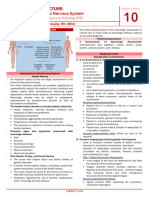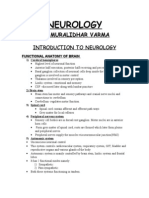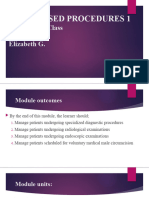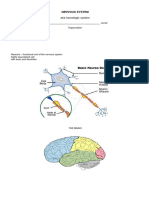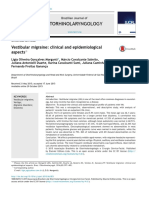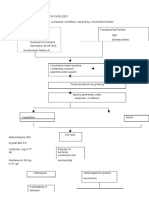0% found this document useful (0 votes)
27 views25 pagesDiagnostic Studies of The Nervous System - 103150
Uploaded by
zainabhassansadaCopyright
© © All Rights Reserved
We take content rights seriously. If you suspect this is your content, claim it here.
Available Formats
Download as PPTX, PDF, TXT or read online on Scribd
0% found this document useful (0 votes)
27 views25 pagesDiagnostic Studies of The Nervous System - 103150
Uploaded by
zainabhassansadaCopyright
© © All Rights Reserved
We take content rights seriously. If you suspect this is your content, claim it here.
Available Formats
Download as PPTX, PDF, TXT or read online on Scribd
/ 25








